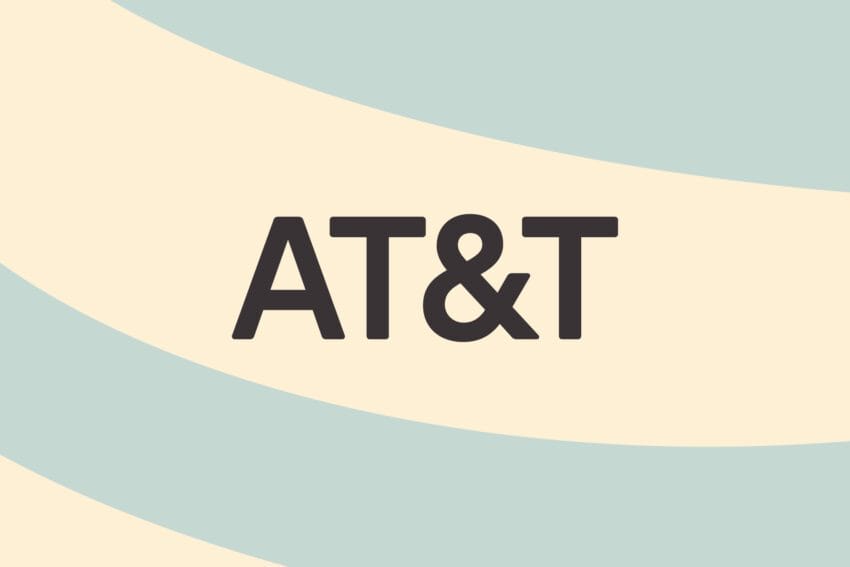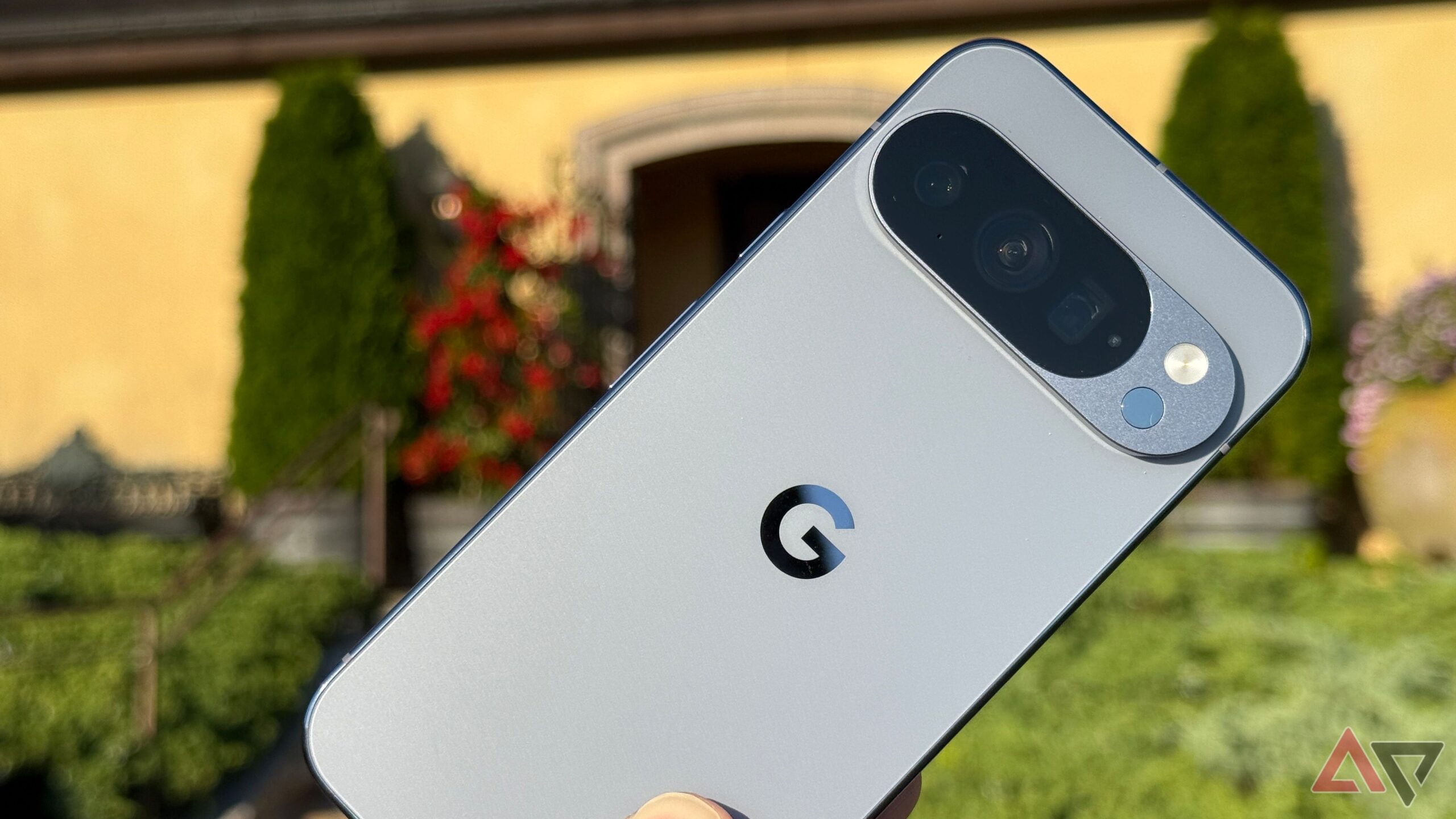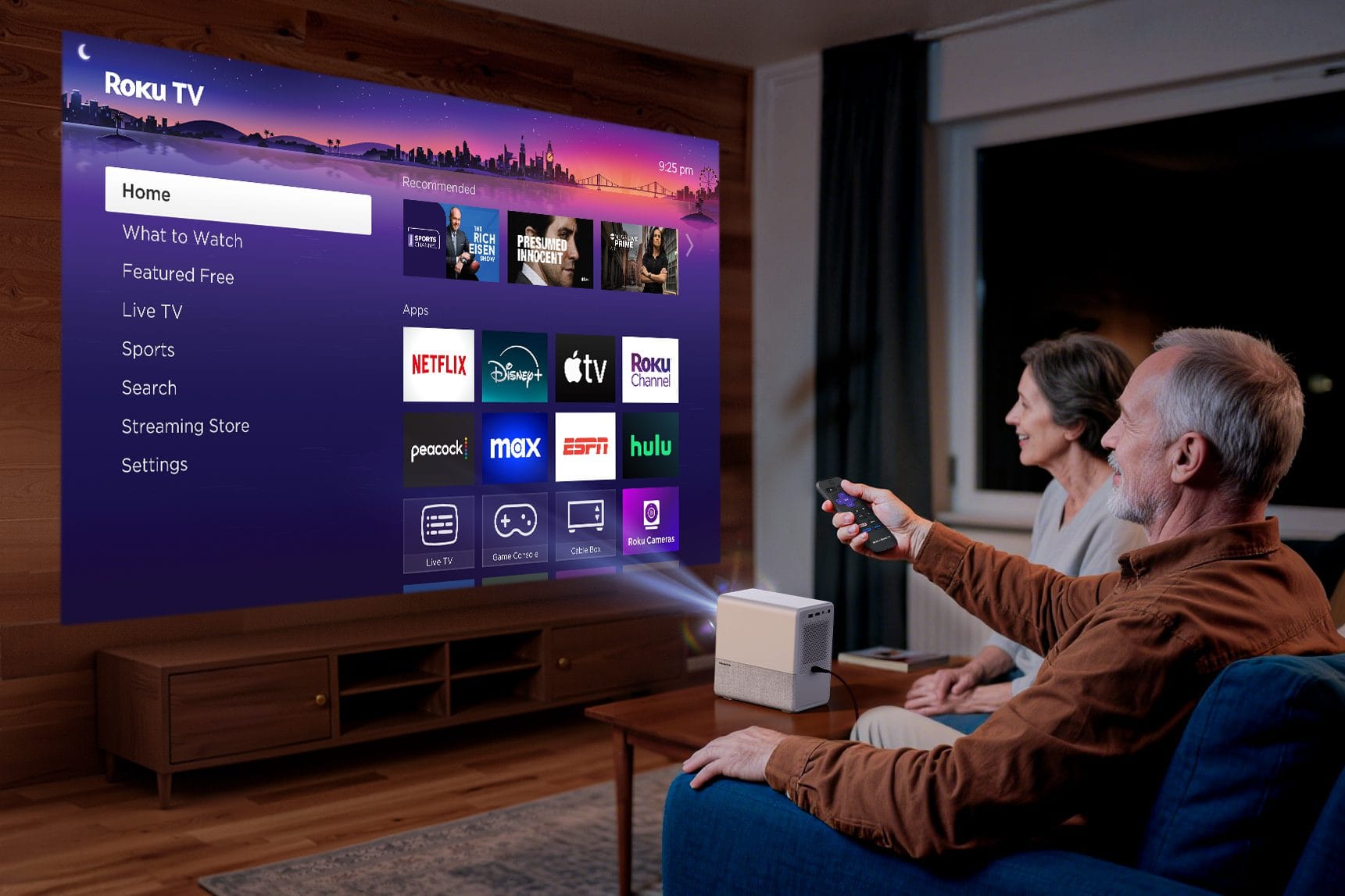
at and t s ai call-screening tool AT&T is rolling out an innovative AI-powered assistant designed to screen phone calls, aiming to enhance user experience by filtering out unwanted robocalls.
at and t s ai call-screening tool
Overview of AT&T’s AI Call-Screening Tool
In an effort to combat the growing issue of spam calls, AT&T is testing a new AI-driven feature that acts as a “digital receptionist.” This tool is being introduced to a select group of customers throughout the year, with the potential for broader implementation in the future. The AI assistant leverages data from AT&T’s network, including users’ call histories, to identify and filter out unwanted calls, thereby enhancing the overall communication experience.
Functionality of the AI Assistant
When a call comes in from an unknown number, AT&T’s AI assistant takes the initiative to answer the call. It engages with the caller to gather information about their identity and the purpose of the call. Depending on the criteria set by the AI, the call may be patched through to the user if it determines that the caller is a legitimate person and not a robocaller. This determination is based on various factors, including the tone of the caller’s voice and the urgency of the message.
If the AI assistant identifies the call as potentially spam or unwanted, it has the ability to either take a message or hang up entirely. This feature is designed to minimize interruptions from unwanted calls, allowing users to focus on more important communications.
Personalization and User Control
One of the standout features of AT&T’s AI assistant is its ability to personalize the call screening process. The assistant utilizes information from AT&T’s network to recognize frequent contacts, ensuring that important calls are not missed. Users can also create a “Do Not Screen” list, which allows calls from specific numbers—such as those from a doctor’s office or a child’s school—to bypass the screening process and go directly to the user.
Andy Markus, AT&T’s chief data officer, emphasizes that this personalized approach is a key differentiator for the AI assistant. “Using the network, it understands the pattern that you as a consumer have,” Markus explains. “Based on what we understand through the network, if my brother calls, we see that I interact with my brother all the time. Of course, that call should go through.” This level of personalization aims to create a more user-friendly experience, reducing the likelihood of missing important calls.
Comparison with Existing Call-Screening Features
AT&T’s AI call-screening tool stands out in comparison to similar features offered by competitors like Google and Apple. For instance, Google’s Call Screen feature relies heavily on the user’s contact list to determine whether an incoming caller is known. It also utilizes voice recognition to assess the legitimacy of the caller based on what they say, as well as comparing numbers against a database of known spammers and robocallers.
In contrast, AT&T’s solution is integrated directly into the carrier’s network, which allows it to function independently of specific devices. This means that users do not need to have the latest smartphone or software to benefit from the AI assistant’s capabilities. Furthermore, AT&T provides users with real-time access to the AI assistant’s transcript via its app, allowing them to monitor the conversation as it unfolds. Users can choose to pick up the call at any time or allow the AI assistant to handle it, after which they receive an AI-generated summary of the conversation.
Implications for Users
The introduction of AT&T’s AI call-screening tool has significant implications for users. With the increasing prevalence of robocalls and spam, many individuals find themselves overwhelmed by unwanted calls. This AI assistant aims to alleviate that burden by offering a more efficient way to manage incoming communications.
Moreover, the ability to personalize the call screening process empowers users to take control of their phone interactions. By allowing users to specify which numbers should bypass the screening process, AT&T is addressing a common pain point for many consumers—missing important calls due to aggressive spam filtering.
Potential Future Developments
Markus hints at the potential for further enhancements to the AI assistant in the future. He notes, “This is only the foundation of what it can do.” The AI assistant could evolve to perform additional tasks, such as making reservations or scheduling appointments, similar to capabilities offered by Google’s AI assistant. This could transform the way users interact with their phones, making it not just a communication tool but a comprehensive personal assistant.
Stakeholder Reactions
The response from stakeholders has been largely positive, with many expressing excitement about the potential of AT&T’s AI assistant. Consumers are particularly eager for solutions that can effectively reduce the number of spam calls they receive. According to a survey conducted by the Federal Communications Commission (FCC), nearly 60% of Americans reported receiving unwanted calls, highlighting the demand for effective call screening solutions.
Industry experts also see AT&T’s initiative as a timely response to a growing problem. “The telecommunications industry has been grappling with the issue of robocalls for years,” says telecommunications analyst Jane Doe. “AT&T’s approach to integrating AI directly into their network could set a new standard for how carriers handle unwanted calls.”
Challenges Ahead
Despite the promising features of AT&T’s AI call-screening tool, challenges remain. The effectiveness of the AI assistant will depend on its ability to accurately distinguish between legitimate calls and spam. Misclassifying important calls as spam could lead to frustration among users, undermining the tool’s intended purpose.
Additionally, privacy concerns may arise as users become more aware of how their call data is being utilized. Ensuring that user data is handled securely and transparently will be crucial for AT&T as it rolls out this feature. Users will need assurance that their call histories and personal information are protected, especially given the increasing scrutiny on data privacy in the tech industry.
Conclusion
AT&T’s AI-powered call-screening tool represents a significant advancement in the fight against spam calls. By leveraging network data and offering personalized features, AT&T aims to provide users with a more efficient and user-friendly communication experience. As the company continues to develop this technology, it will be essential to address potential challenges and ensure user trust in the system. The future of telecommunications may very well hinge on how effectively carriers can integrate AI into their services, and AT&T is taking a bold step in that direction.
Source: Original report
Was this helpful?
Last Modified: September 16, 2025 at 6:36 pm
3 views















